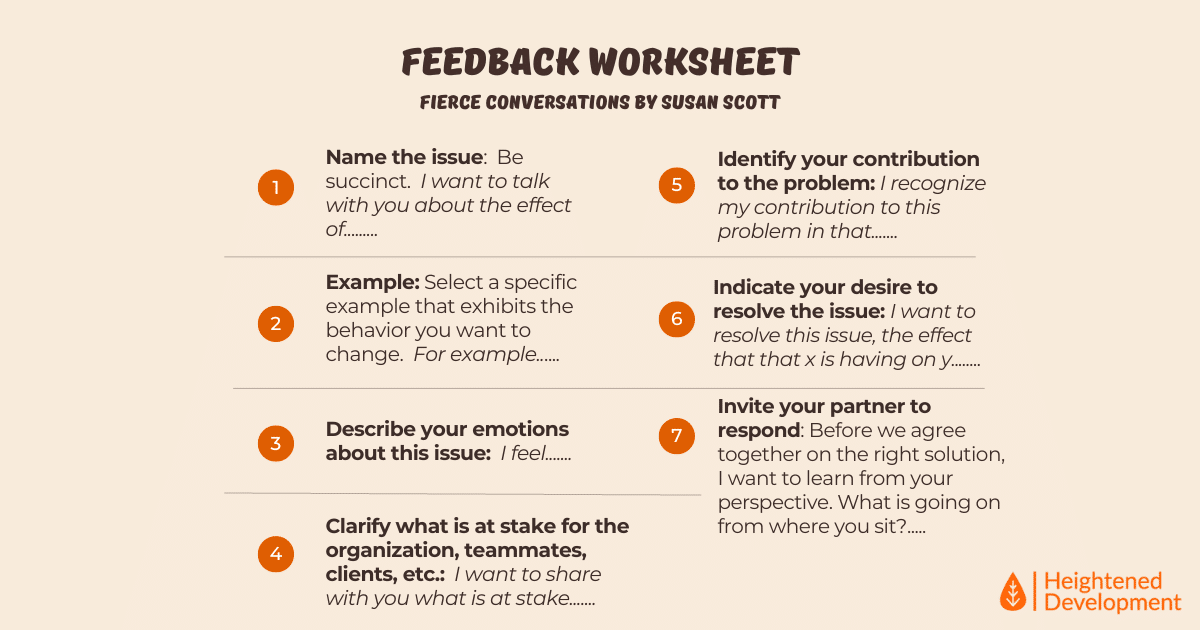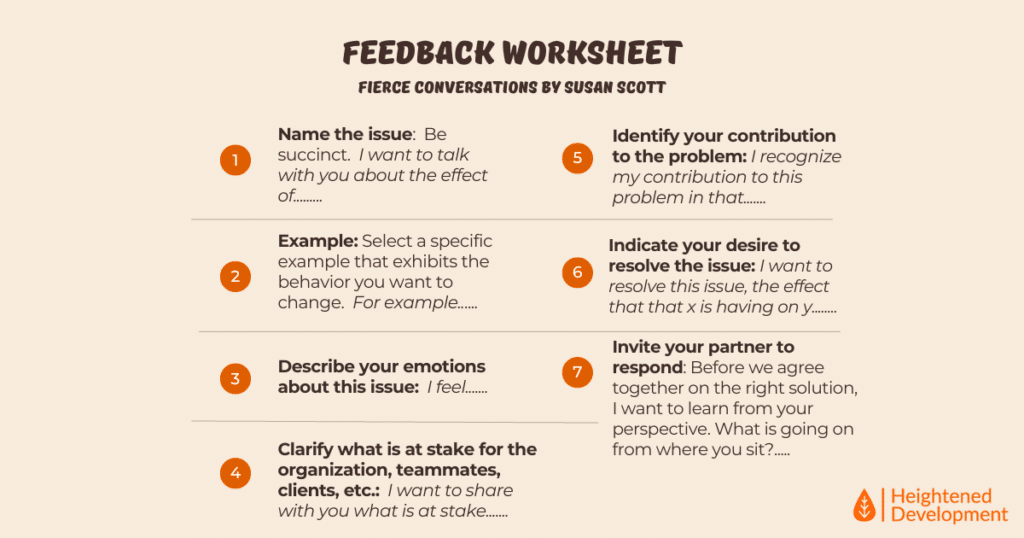Holding space is the practice of making space for somebody else’s experience and centering them. (Psychology Today)
Holding someone accountable for their actions is important in personal and professional life. In personal life, setting boundaries is important for healthy relationships. In professional life, clear expectations and appropriate accountability for those actions can help to create a safe, fair, and high-impact workplace. Brene’ Brown’s research tells us that “clear is kind and unclear is unkind”.
On the other hand, we know that in the workplace we exist as whole human beings with emotions and with a variety of life experiences and perspectives. Sometimes, leaders can fail to hear the perspective of others and the expectations that are set are not equitable. Other times, leaders shy away from sitting with an employee and understanding their emotions and what they are going through while also still holding the person accountable.
Both of these are important. Sometimes they feel contradictory to one another, but at times both are important in the same conversation because:
- The person you are holding accountable is human and needs to know you care to hear the feedback. In reality, leaders must work on building relationships and showing team members that they care about them and their lives long before feedback comes. Otherwise, an attempt at an empathetic response may not be trusted by the team member. This requires an ongoing willingness to listen without judgment, and finding out what matters personally to the team member and asking him or her about it (e.g. family, a hobby, etc.). It also means expressing care and concern when a team member is going through a difficult time.
It helps to remember the difference between empathy and sympathy pictured below. If we strive for empathy, we acknowledge the difficulty and a willingness to listen, and we draw from a personal experience to feel as close as we can to what the other is feeling.
I love the definition of holding space at the top of this article: a practice of making space for somebody else’s experience and centering them. The opposite of centering someone else in the conversation is to center ourselves in the conversation. This is when we make the conversation about us, quickly inserting our own perspective, a time when we felt this way and what we did about it, why you need them to do, say or feel something different, etc.
- Your perspective on an action the team member took or didn’t take may change when you hear it from their perspective. Susan Scott in the book Fierce Conversations tells a great story that illustrates this well. As CEO of an organization at the time, she walks by an employee’s office and hears him on the phone with someone. He is yelling into the phone. She can hear him way down the phone. His screaming continues and she almost runs into his office and questions him in the middle of the conversation. She has never heard him talking this way before and resists the urge. When the conversation is over, she walks into his office and notes she couldn’t help but hear him and notices that he was really loud. He explained that it was a customer on the other end of the phone who was hard of hearing and he was trying to make sure that he could hear what he was saying! My how his perspective suddenly changed her own perspective of what was really going on! Taking time to hear and hold the perspective of others builds trust and engagement among our team, and it allows us a leaders to avoid our many blind spots.
- Clear expectations are essential to all relationships, and to getting the results we want. Also in her book, Fierce Conversations, Susan Scott identifies seven steps that make communication clear when addressing an issue. These seven steps are outlined below, and a great blend of accountability and empathy. They are especially effective if you practice or write out each step ahead of the conversation to create clarity in your own mind.

Remember when using this feedback worksheet that expectations must be set from the start, not after or while feedback is being given. Additionally, it is important to ensure that expectations and accountability are appropriately similar for all team members in similar roles.

